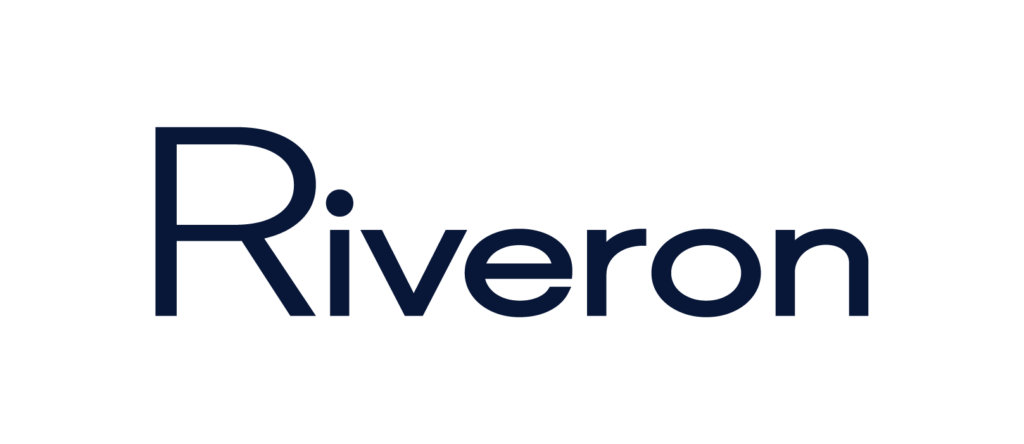Is Dual Tracking an Option in Your Company’s IPO Strategy?
/Passle/66b0e16610008cf7be5e944d/SearchServiceImages/2025-05-07-14-52-06-207-681b7396f91f317a15594abc.jpg)
Navigating through volatility in Q1-2025 capital markets
Amid the market conditions in early 2025—marked by high interest rates, limited access to capital, geopolitical tensions, and disruptive innovations—the IPO landscape has grown increasingly challenging. Volatility in the IPO market, coupled with uncertainty surrounding tariffs and an unpredictable economic outlook, has made it difficult for companies to accurately predict the timing and success of a public offering.
In such an environment, companies must remain agile and consider multiple strategies to optimize their chances for a successful market entry. A dual-track strategy provides flexibility and mitigates risk while allowing management to take advantage of market conditions and keep options open. In markets marked by volatility, dual tracking enables companies to align their exit strategy with the most favorable market scenario, whether public offering or private sale, ensuring they maximize value.
Dual tracking IPO strategy definition: Dual-tracking strategy refers to the parallel preparation of a company for both an IPO and a potential sale or private equity deal, offering flexibility in choosing the most value-maximizing exit route. It is typically initiated during the IPO readiness phase as part of the IPO readiness diagnostic and extended through full execution. This dual-path approach strengthens the company’s negotiating position through its valuation. For early-stage investors, it presents dual opportunities to exit, either through public markets or via a higher-valued private transaction; while resource-intensive, the process helps companies both mitigate IPO timing risk and increase deal certainty. Finally, it empowers businesses to pivot and secure the optimal outcome under current market conditions.
5 reasons for which dual tracking is an option in the current market conditions
- Strong Due Diligence Advantage: Dual-tracking is driven by a due diligence analysis, helping companies prepare for both IPO and M&A requirements early, reducing surprises and improving execution.
- Flexibility & Optionality: Companies can pivot between IPO and M&A routes based on real-time market conditions, investor sentiment, or valuation shifts, to maximize strategic agility.
- Valuation: Running both processes in parallel prepares a company for valuation for both, public and private markets.
- Risk Mitigation: By not relying solely on one exit route, dual-tracking acts as a hedge against market volatility and IPO window closures.
- Optimized Exit Timing: For PE sponsors, this strategy offers better control over timelines, potentially shortening holding periods and improving returns.
The importance of the advisors’ role if you pursue a dual-tracking strategy
It is crucial to identify the right advisors as part of the IPO dual tracking process, as their expertise can significantly impact the outcome. Advisors play a crucial role in the process by providing specialized expertise and guidance across various areas. Ideally, investment banks, legal advisors, auditors, accounting, business, and due diligence advisors collaborate with the CFO to ensure compliance with regulatory requirements, to optimize financial structures, and to streamline the due diligence process while pursuing this strategy. By leveraging external advisors, including Riveron Capital Markets advisors, the CFO can effectively manage timelines and ensure alignment with investor expectations. Riveron’s advisors work in partnership with your key internal and external stakeholders to manage workflows, monitor progress, deliver results, and streamline communications—all to maintain dual-track strategy and business momentum.
Final takeaways
- Dual-Tracking as a Strategic Option: Dual-tracking involves preparing for both an IPO and a potential sale or private equity deal, providing flexibility to choose the most valuable exit route. This strategy is important to consider in current volatile markets to mitigate timing risks and enhance negotiating power.
- Key Advantages of Dual-Tracking: Benefits include strong due diligence, flexibility to pivot between IPO and M&A, maximized valuation, and reduced risks. It also helps optimize exit timing, particularly for private equity sponsors.
- Importance of Advisors in the IPO Process: The right advisor plays a vital role in navigating the dual-track process, ensuring regulatory compliance, optimizing the company’s accounting and finance function, and mitigating risks. Their expertise accelerates the readiness process and aligns the company’s positioning with investor expectations.
Next in the Capital Markets Series: As a CFO, preparing for an IPO. Explore related insights:

